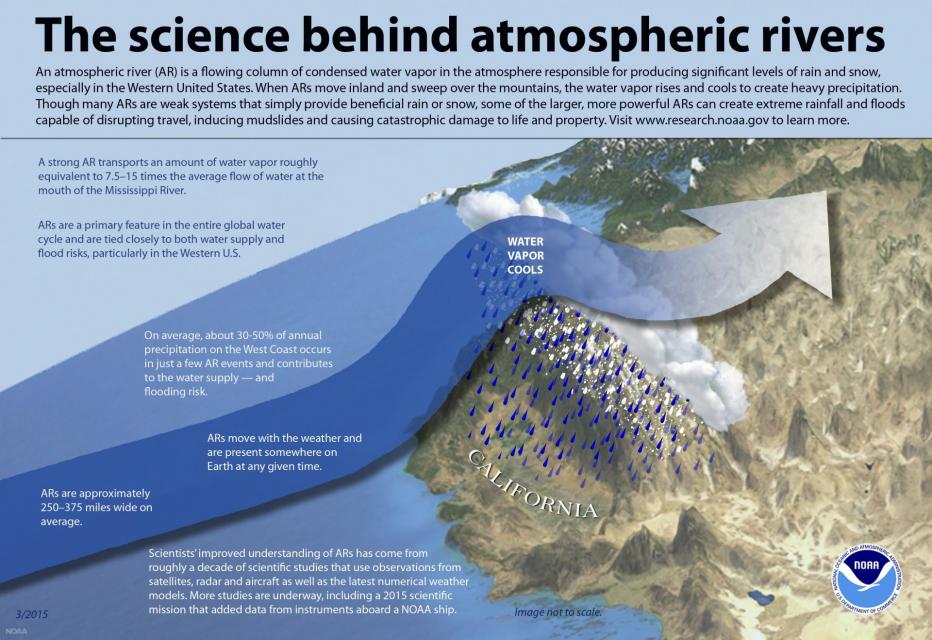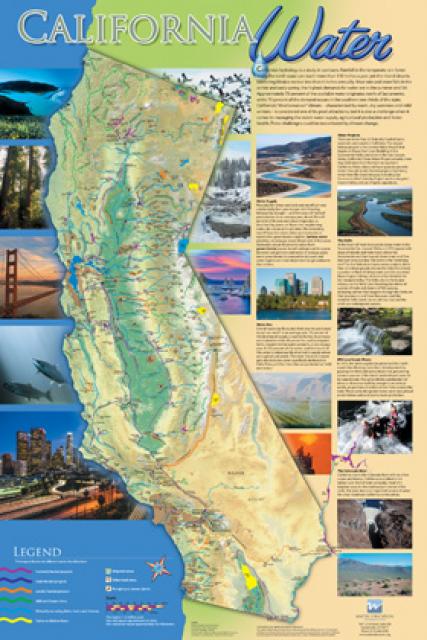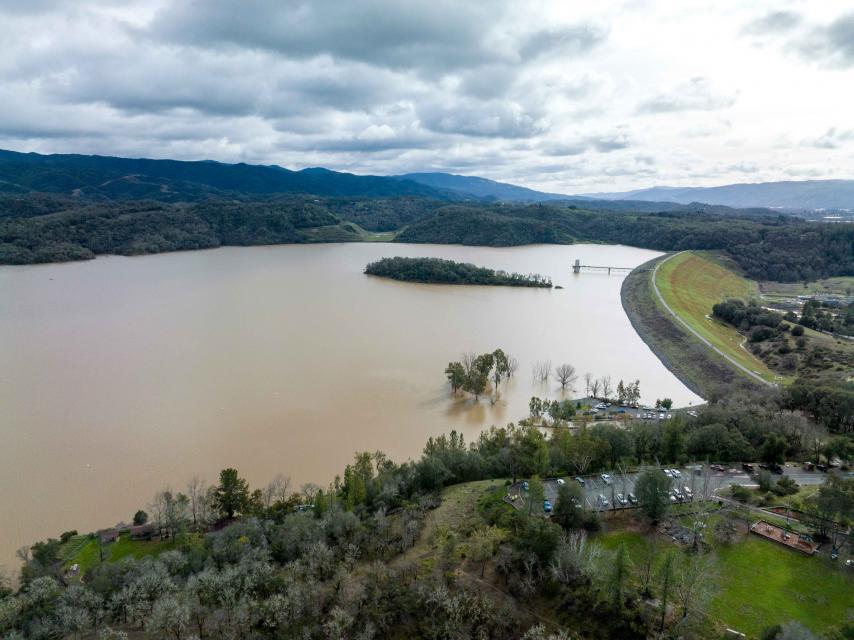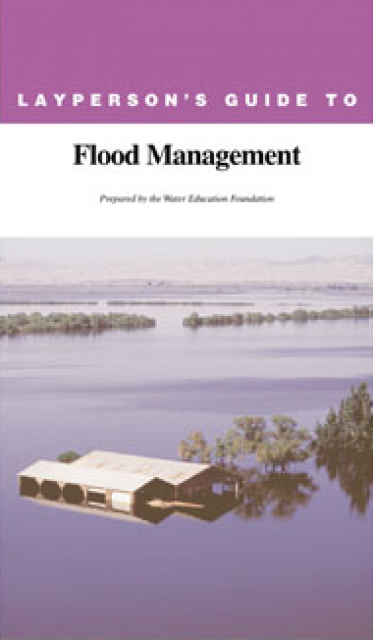Atmospheric Rivers
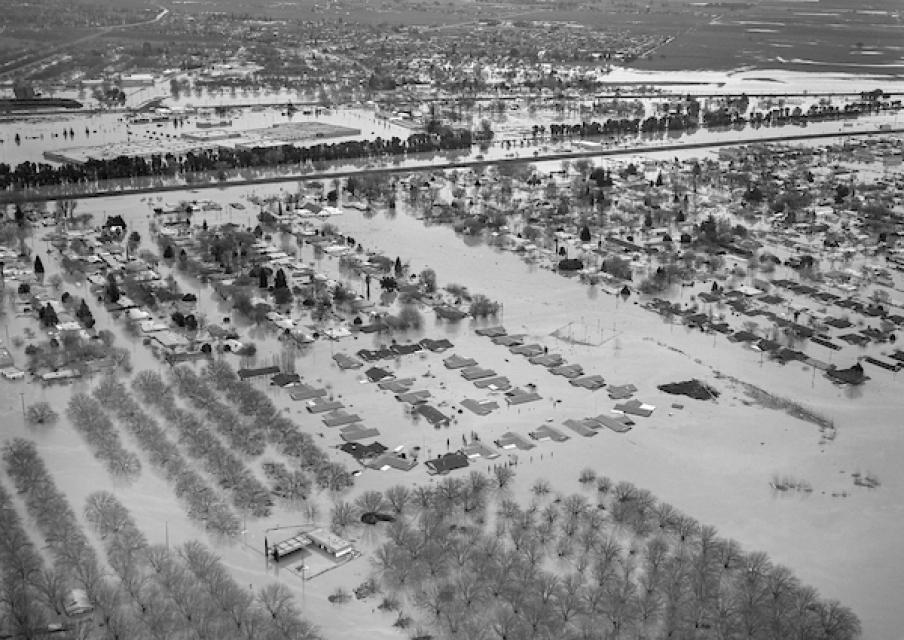 Atmospheric rivers are relatively
narrow bands of moisture that ferry precipitation across the
Pacific Ocean to the West Coast and are key to California’s
water
supply.
Atmospheric rivers are relatively
narrow bands of moisture that ferry precipitation across the
Pacific Ocean to the West Coast and are key to California’s
water
supply.
They are commonly referred to as the “Pineapple Express” because of their origins in tropical regions. While atmospheric rivers are necessary to keep California’s water reservoirs full, some of them are dangerous because the extreme rainfall and wind can cause catastrophic flooding and damage. Their presence has been likened to the West Coast version of the hurricane hazard posed to the southeastern United States.
At the extreme end of atmospheric rivers is a phenomenon the U.S. Geological Survey named ARkStorm, an event expected to occur only once every 1,000 years with the potential to dump massive amounts of water and cause widespread flooding.
Typical atmospheric rivers are about 250 to 375 miles wide and occur somewhere on the planet at any given time. A strong atmospheric river transports roughly 15 times as much water vapor as the average flow of the Mississippi River. Most atmospheric rivers are not disaster events and are critical to California because they deliver about half of the annual precipitation. Atmospheric rivers are challenging for reservoir operators because they sometimes must release valuable water communities need during the dry summer months to make room for incoming runoff.
Efforts are underway to sharpen forecast-based decisions to avoid unnecessary releases. Current forecasts of atmospheric rivers are reliable for about five days.
Improved understanding of atmospheric rivers has come from more than a decade of scientific studies using satellite, radar, aircraft and other observational and computer-modeling equipment.
The Scripps Institution of Oceanography is at the forefront of atmospheric rivers research. In 2020, its Center for Western Weather and Water Extremes launched a forecasting tool that better predicts the impacts of atmospheric rivers in the West.
A method called the Forecast-Informed Reservoir Operations (FIRO) uses the latest technology to plan for the arrival of atmospheric rivers. Operators of some Northern California reservoirs, including Lake Mendocino, Folsom Lake and New Bullards Bar are using FIRO to retain as much water as possible during the short storm window.





